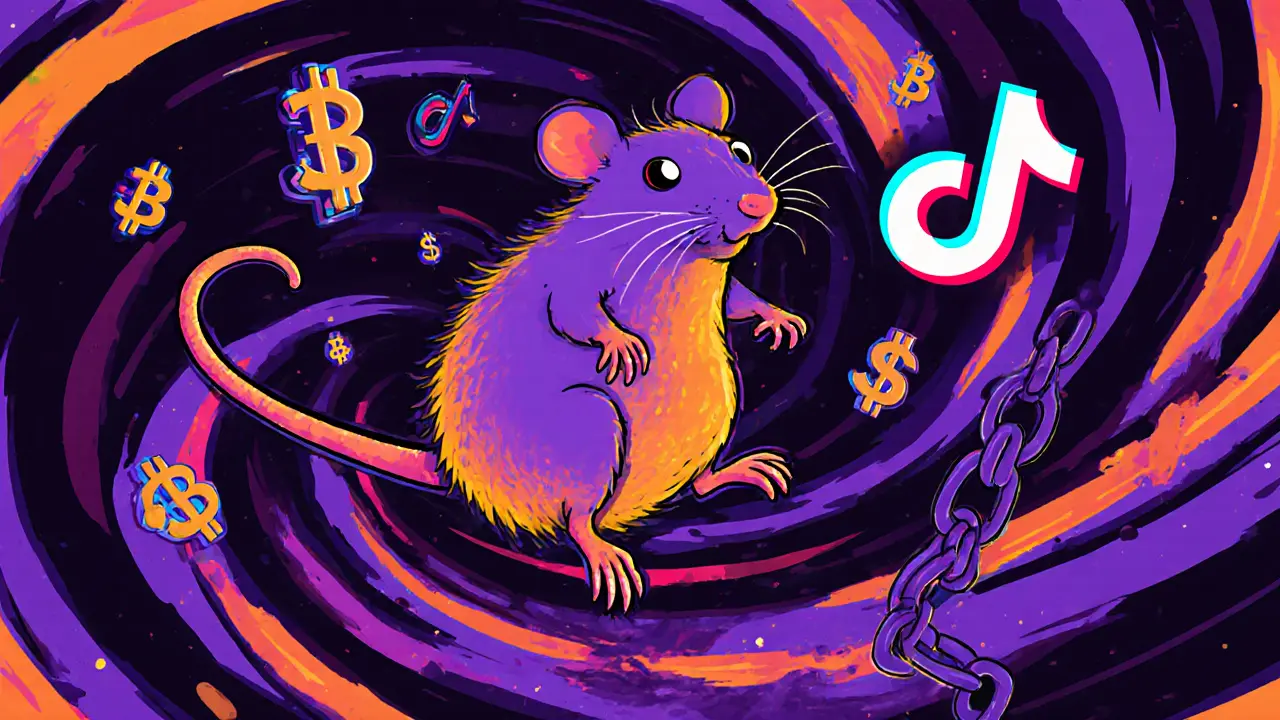Memecoin: What They Are, Why They Crash, and What You Really Need to Know
When you hear memecoin, a cryptocurrency created as a joke, often with no real utility or team, but driven by social media hype and community virality. Also known as dog coin, it’s not a serious investment—it’s a gamble dressed up as a movement. Unlike Bitcoin or Ethereum, memecoins don’t solve problems. They don’t improve payments, privacy, or ownership. They exist because someone made a funny image, posted it online, and suddenly thousands of people are buying it because they think they’ll get rich before the joke ends.
Most memecoins die within weeks. Take Electric Cash (ELCASH), a token that crashed 99.9% in value with zero development or community support. Or Vatan (VATAN), a low-volume ERC-20 token with no exchange listings, no team, and no clear purpose. These aren’t outliers—they’re the norm. The few that survive, like Dogecoin or Shiba Inu, do so because they’ve built cult-like followings, not because their code is better. Even then, their value swings wildly on Twitter trends, celebrity tweets, or Reddit threads. There’s no financial logic. Just emotion.
What makes memecoins dangerous isn’t just their volatility—it’s the fake airdrops, pump-and-dump schemes, and influencers pretending to be insiders. Look at HyperGraph (HGT), a project with no official airdrop, yet scam sites are still collecting wallet addresses claiming to give away free tokens. Or the Bull BTC Club, a confusing mix of NFT mining claims and fake Bitcoin airdrops designed to trick new investors. These aren’t mistakes. They’re business models. People profit by selling you hope, not coins.
And yes, some memecoins tie into airdrops—like the ones tied to NFTs or gaming platforms. But even those often collapse when the hype fades. The HashLand Coin (HC), for example, doesn’t even give you a token—it gives you an NFT tied to synthetic hash rate, which is just another layer of complexity hiding a shaky promise. If you’re joining an airdrop because someone says "it’s free money," you’re already one step behind.
The crypto world is full of tools that actually work: decentralized exchanges like Uniswap, secure wallets, on-chain analytics, tokenized real-world assets. But memecoins? They’re the carnival ride at the edge of the fairground. Fun to watch. Dangerous to ride. And always, always, the first thing to shut down when the lights go out.
Below, you’ll find real breakdowns of dead tokens, fake airdrops, and scam projects that pretend to be memecoins. No fluff. No hype. Just what happened, why it failed, and how to spot the next one before you lose money.
What is Janro The Rat (JANRO) crypto coin? The truth behind the viral meme coin
Janro The Rat (JANRO) is a memecoin built on a viral TikTok rat. It has no utility, no team, and almost no liquidity. Learn why it's one of the riskiest crypto assets out there.
